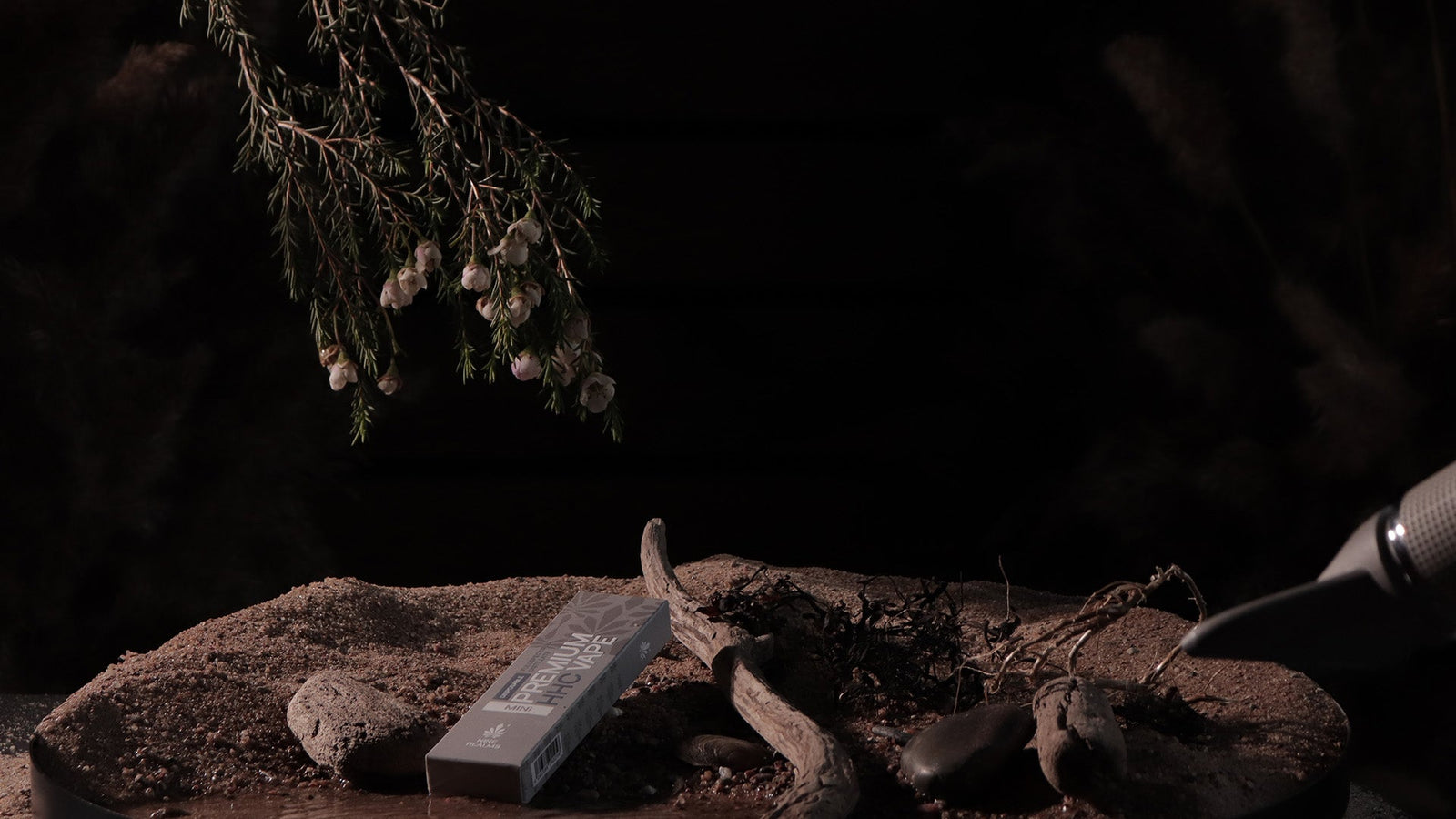Hemp and Art

Cannabis has long been associated with artistic expression and creativity. Many artists throughout history have used the plant to enhance their artistic abilities and create works that are both beautiful and thought-provoking. In this blog post, we will explore the relationship between cannabis and art, and how the plant has influenced the artistic environment.
Historical Use of Cannabis in Art
Cannabis has been used in art for centuries. In ancient civilizations such as Egypt and Greece, cannabis was used in religious ceremonies and was believed to have mystical and healing properties. Many of the works of art from this time depict the plant, such as the Egyptian mural from the tomb of Sennedjem that shows workers harvesting cannabis.
During the 19th and 20th centuries, cannabis began to make its way into mainstream art. Artists such as Vincent van Gogh, Pablo Picasso, and Salvador Dali were known to use the plant to enhance their creativity and artistic abilities. In fact, some of their works are believed to have been directly inspired by their use of cannabis.
Cannabis and the Creative Process
The use of cannabis in the creative process is a controversial topic. Some artists swear by the plant, claiming that it helps them to think more creatively and outside the box. Others argue that it is a distraction and can actually hinder their creative abilities.
Studies have shown that cannabis can have both positive and negative effects on creativity. While it can enhance divergent thinking, which is the ability to come up with many different ideas, it can also impair convergent thinking, which is the ability to narrow down those ideas and choose the best one. Additionally, the effects of cannabis can vary depending on the individual and the strain of the plant.
Cannabis and the Artistic Environment
The influence of cannabis on the artistic environment goes beyond individual artists. Cannabis has played a significant role in many art movements, particularly those associated with counterculture and rebellion. The Beat Generation, for example, was known for its use of cannabis and other mind-altering substances, and their works often reflected their altered states of mind.
In the 1960s and 70s, cannabis became a symbol of the hippie movement and was closely associated with the anti-war and anti-establishment sentiments of the time. Artworks from this era often incorporated cannabis imagery and were used to promote the legalization of the plant.
Today, cannabis continues to influence the artistic environment. With the growing acceptance and legalization of cannabis, artists are exploring the plant in new and innovative ways. Cannabis-themed art exhibits, festivals, and installations are becoming more common, and artists are using cannabis as a medium for their work, incorporating it into sculptures, paintings, and other forms of art.
Conclusion
The influence of cannabis on the art world is undeniable. From ancient civilizations to modern-day artists, the plant has played a significant role in the creative process and the artistic environment. While the effects of cannabis on creativity are still up for debate, there is no denying the impact that it has had on art throughout history. As cannabis continues to gain acceptance and legalization, it will be interesting to see how artists continue to explore the plant and incorporate it into their work.


